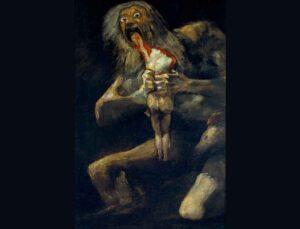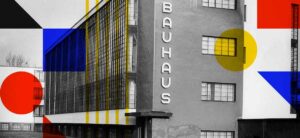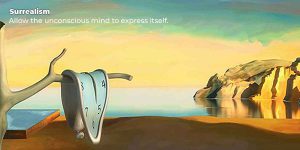Napoleon crowns his brother on the Spanish throne.
In order to conquer Portugal in 1807, Napoleon formed an alliance with Spain’s king, Charles IV, in order to conquer the world. Napoleon’s forces streamed into Spain, claiming to be passing through. But Napoleon’s true aims were soon revealed: the alliance was a ruse. The French were gaining control. Napoleon’s brother, Joseph Bonaparte, became the next King of Spain.
Third of May, 1808 (La matanza de La Pasion) is a painting by Francisco Goya. It was painted in 1808, during the Spanish war for independence from Napoleonic France and depicts the massacre at Las Amarillas, the village which became known simply as La Matanza de Las Amarillas.
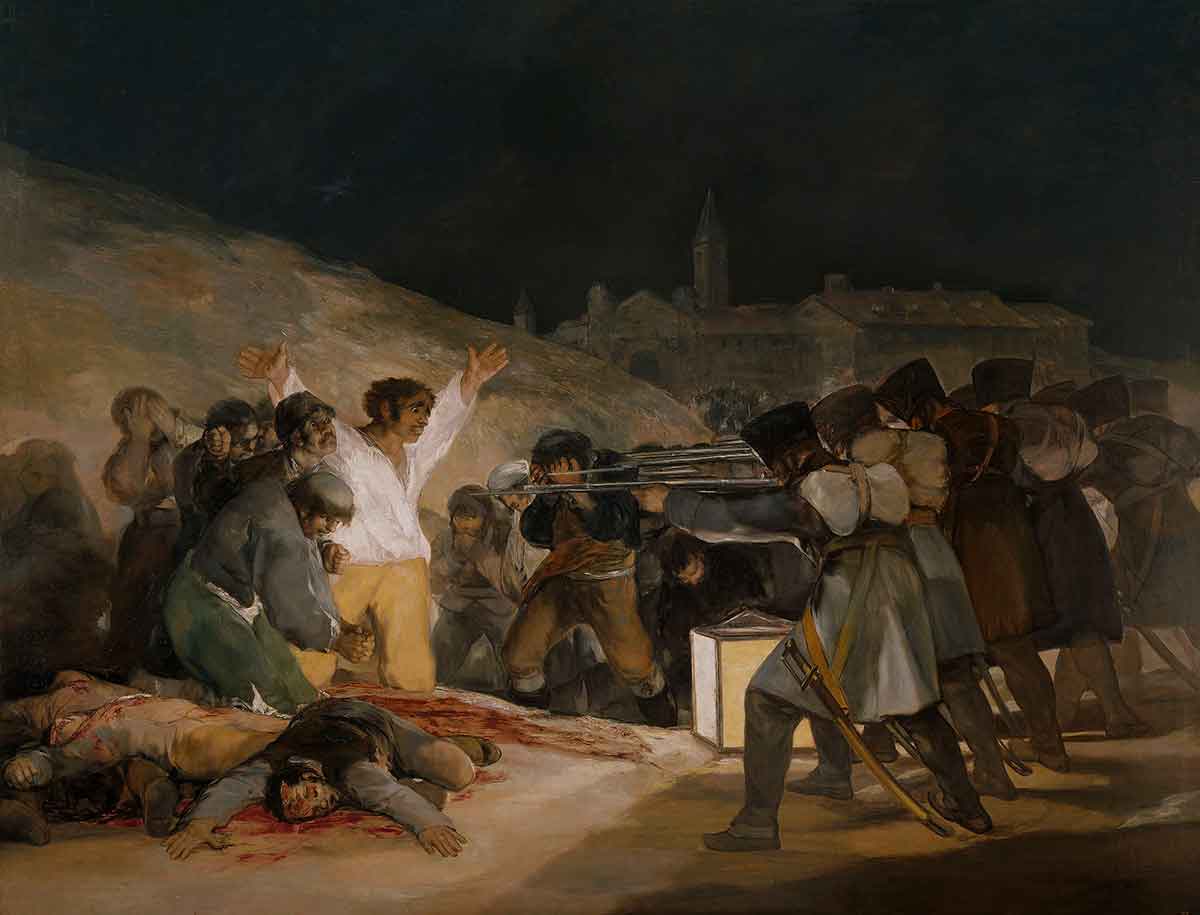
The slaughter at Las Amarillas, the settlement that became known simply as La Matanza de Las Amarillas, is depicted in this 1808 painting, which was completed during Spain’s struggle of independence from Napoleonic France.
Story Behind The Painting
This scene is based on the famous Goya masterpiece painting of the Third of May, 1808. The painting depicts not only a dramatic event, but also provides a gritty commentary on events at the time.
This painting, Goya’s Third of May 1808 murdered and executed hundreds of people in Madrid. It was painted the day after these men and women were placed on a street corner with their throats cut. The blood that is dripping onto the floor is proof that these Spaniards were killed by Frenchmen but also a statement about their nationality. They were Spanish. When you kill a person, it’s not just murder. It’s murder committed under a specific set of rules or circumstances. The French are responsible for killing these Spaniards because of the belief they were fighting for their freedom and the new world order against Spain’s crown.
The French troops occupying Madrid execute a group of Spanish revolutionaries under the ominous light of a big, square lantern. Under the cover of darkness, a line of faceless troops fire their weapons with the same merciless attitude. The sentenced men react to their impending death with a mixture of horror, defiance, and despair. One person conceals his face while praying, while another clenches his fist.
Changing Christian Iconography
Goya draws our attention to the principal character among them, who extends his arms in a crucifixion-like posture. His shirt’s bright white color is as stunning as a bolt of lightning when it is illuminated by the lantern’s ray. He is kneeling, but if he stood up, he would overshadow the firing squad. Goya painted him much larger than the individuals surrounding him to heighten the emotional impact.
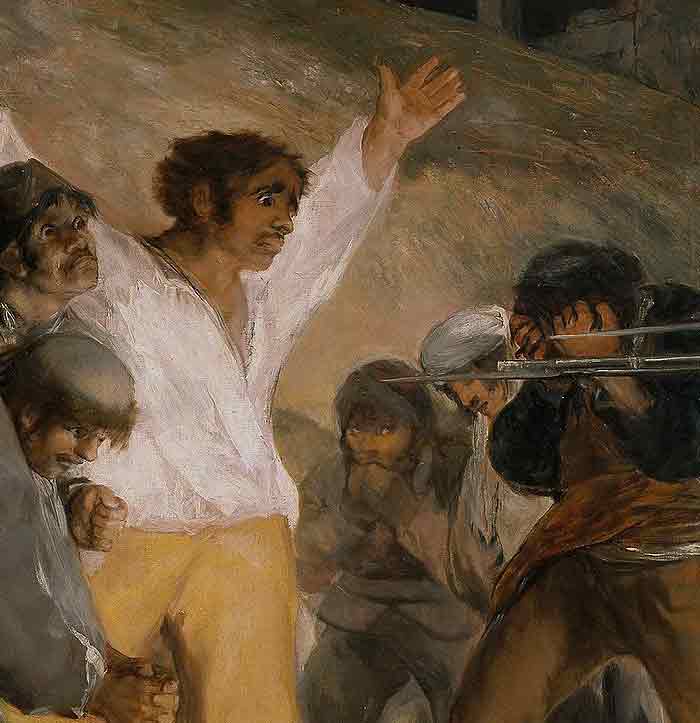
The French troops occupying Madrid execute a group of Spanish revolutionaries under the ominous light of a big, square lantern. Under the cover of darkness, a line of faceless troops fire their weapons with the same merciless attitude. The sentenced men react to their impending death with a mixture of horror, defiance, and despair. One person conceals his face while praying, while another clenches his fist.
Goya draws our attention to the principal character among them, who extends his arms in a crucifixion-like posture. His shirt’s bright white color is as stunning as a bolt of lightning when it is illuminated by the lantern’s ray. He is kneeling, but if he stood up, he would overshadow the firing squad. Goya painted him much larger than the individuals surrounding him to heighten the emotional impact.
Conclusion
Francisco Goya’s The Third of May 1808 depicts the hardships of war and has become one of the best paintings to depict the brutal nature of war. It is studied among other war paintings such as Guernica, the Battle of Çesme at Night, and Consequences of War, among others, inspiring generations of artists and demonstrating what human brutality can achieve.
